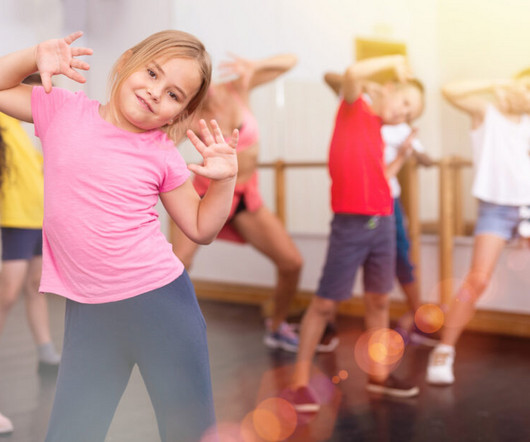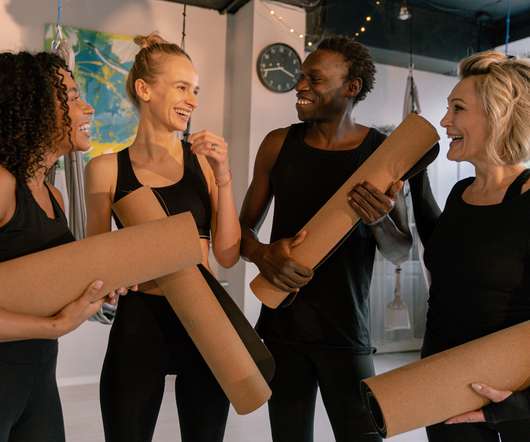Power-Up Rhythm and Timing in Physical Education Activities
Gopher PE
OCTOBER 26, 2023
This connection between rhythm timing and motor coordination has been studied across various fields, including kinesiology, neuroscience, auditory neuroscience, developmental psychology, and education. We walk in 4/4 time, we dance in 4/4 time, and we even learn languages in 4/4 time. How: Teach your students how to move in 4/4 time.











Let's personalize your content